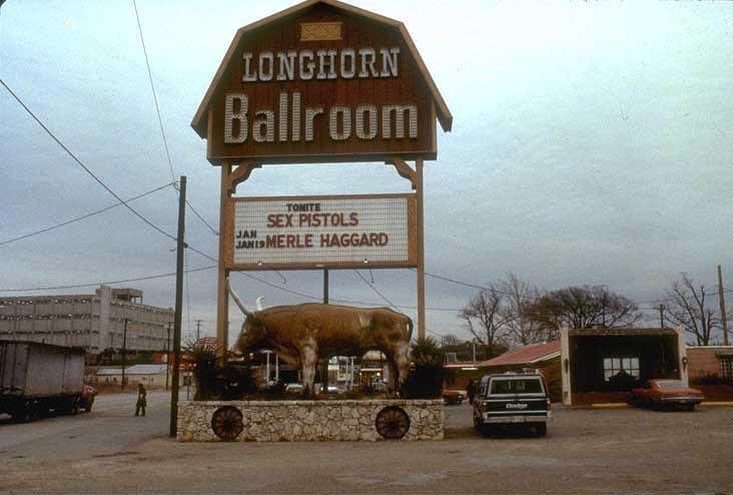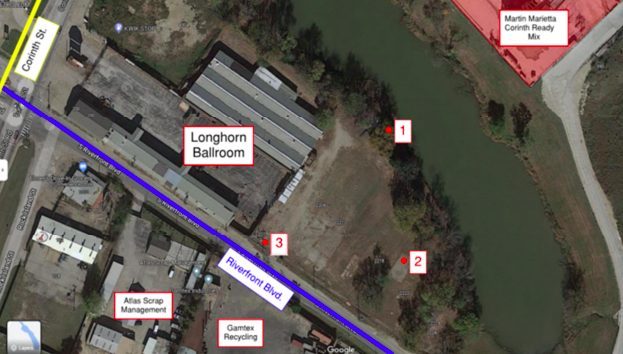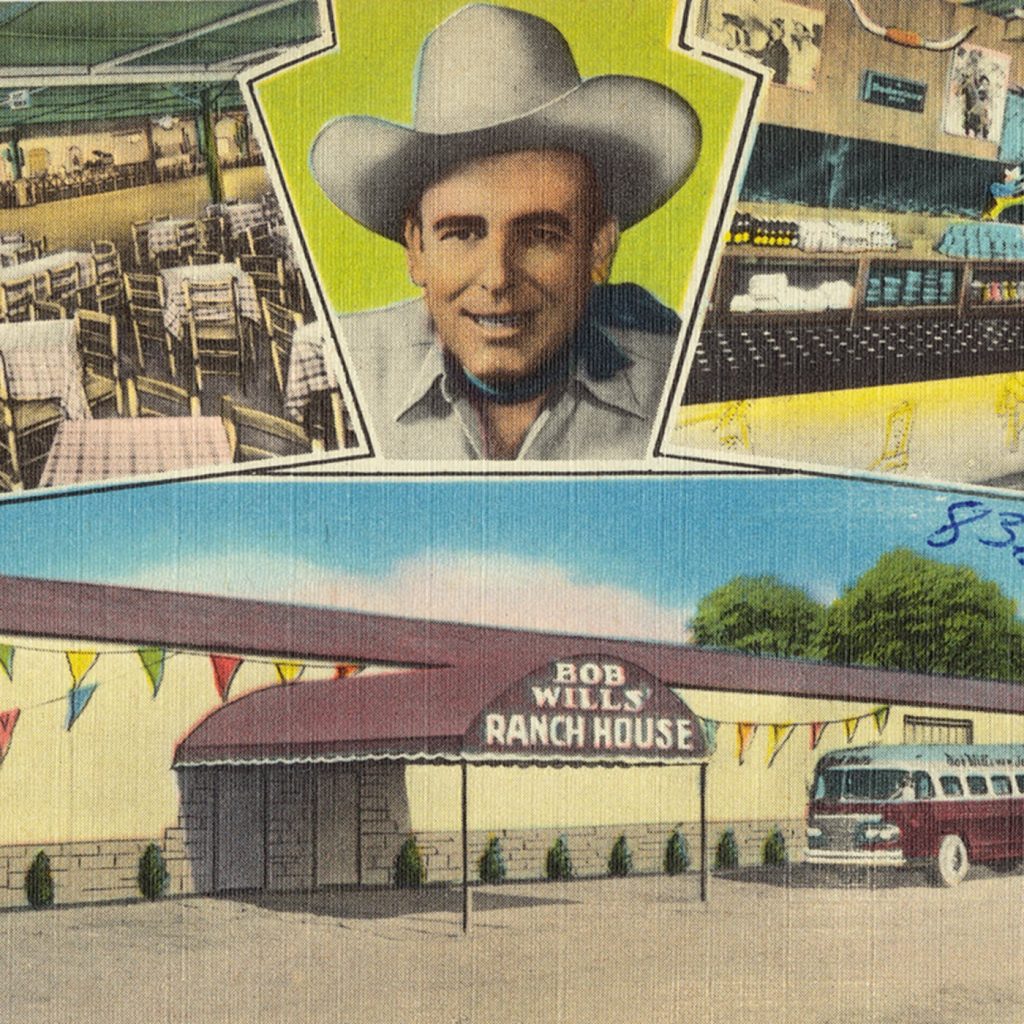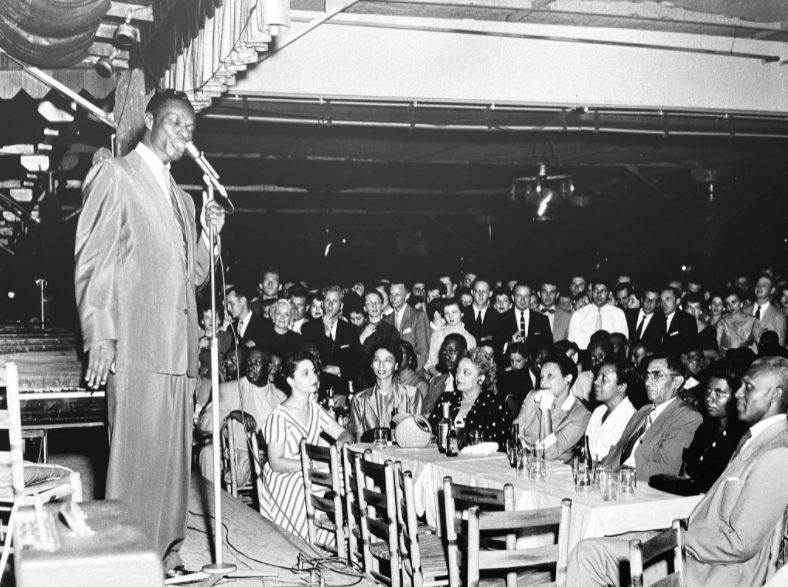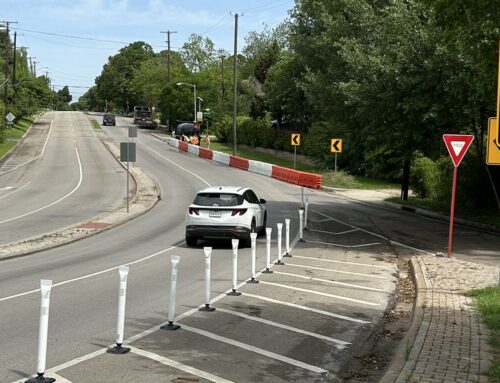The Longhorn Ballroom is to Dallas what Carnegie Hall is to New York City, author Joe Nick Patoski told the Dallas City Plan commission Thursday.
He was among multiple speakers in favor of a plan from Oak Cliff resident Edwin Cabaniss to renovate the 72-year-old Longhorn Ballroom and revitalize a 4-acre spread in the Cedars-area nook known as Rock Island.
Cabaniss and partners won unanimous approval after submitting a noise-impact study as well as a traffic study. He told commissioners the partnership is also working on an agreement with the city’s Economic Development department to find funding to improve surrounding infrastructure, including the traffic light at Corinth and Riverside.
The project, from the owner of The Kessler in our neighborhood and The Heights theater in Houston, has three parts: renovation of the ballroom and the original motel building on the Riverfront side of the property, and the addition of the Longhorn Ballroom Backyard, an outdoor music venue with a capacity of 5,000.
[Disclosure: Your faithful correspondent, Rachel Stone, is also a part-time contract employee of Kessler Presents.]
The outdoor venue would be in the 2-acre triangle between 1, 2 and 3 in the graphic above.
Parking
The partnership has 418 Corinth under contract to purchase with intent to use it as remote parking. And they are considering agreements with Dallas Water Utilities, the city’s park department and Oncor for possible parking spaces. Plus, there is 900 linear feet on either side of Rock Island Street, Cabaniss says, which could be repaved and lighted to add safe on-street parking. They are expecting to find at least 600 parking spaces for the venue.
The ballroom could hold a crowd of 2,000, and the outdoor venue could hold 5,000.
Cabaniss noted that The Kessler hosts crowds of 500 people several nights a week and has four dedicated parking spaces, while neighbors have never complained about parking. That’s in part because people going for a night out are bound to use ride share apps nowadays.
Likewise the Longhorn is a historic property that deserves relief from parking requirements, and as a destination, ride-share and carpooling are expected.
Noise
The partnership hired acoustics and technology consultant Melvin L. Saunders not only to study sound in the area but to identify ways that technology can track noise pollution going forward.
There are homes on the other side of the Trinity River levee, but all of the other property in the Rock Island area is currently used for industrial purposes.
One interesting point the study found is that the levee creates a sound barrier.
The Longhorn Ballroom complex is situated in a geographical depression which significantly benefits the reduction of noise from outdoor performances. The Trinity River levee surrounds the property and immediately adjacent sites on the south and west sides. The levy forms an approximately 30ft tall acoustical raised earthen berm from the residential districts on the opposite side of the river. The berm provides an acoustics shadow zone for properties
History
“The Longhorn Ballroom is essentially like a museum,” Kessler Presents creative director Jeffrey Liles stated at the plan commission hearing.
It is known worldwide as the site of the first stop on the Sex Pistols’ disastrous 1978 tour of the United States. But it’s so much more than that in the history of Texas music, Cabaniss told the commission.
The partnership has researchers working on a full history of the venue, which was built in 1950 for Bob Wills and his Texas Playboys, and “epic” ain’t the word.
They found photos from a 1981 Loretta Lynn concert that was simulcast to TV viewers from the Longhorn. They found a photo of the Rolling Stones, who took time when they were on tour in Dallas to see Bobby “Blue” Bland at the Longhorn. Cabaniss says the Stones play the Waylon Jennings song “Bob Wills is Still the King,” any time they perform in Dallas.
Liles himself booked the Red Hot Chili Peppers there in 1986.
He told the commission he remembers seeing Fela Kuti at the Longhorn in a concert that changed his life.
“That’s what we do,” he told them. “It’s those once-in-a-lifetime experiences.”
Representatives from Preservation Dallas and Texas Dancehall Preservation spoke in favor of the plan.
They’re currently working to list the property on the National Register of Historic Places. After that, they will pursue historic landmark status at the state and local levels, Cabaniss said.
The photo below personifies the history of the Longhorn Ballroom, he told the commission.
“This is 1954 in the segregated South. That is Nat King Cole standing on the stage of the Longhorn Ballroom with an affluent African American crowd sitting in the VIP section, and the hip white folks standing in the background because they couldn’t get a good seat, but they got into the building,” he says. “If I had to tell you all the history of the Longhorn Ballroom, that’s it. That’s why I’m here today.”

